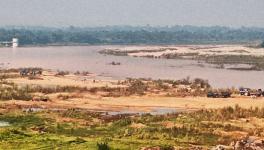If Snow is Earth's 'Sunscreen,' What Happens When It's Gone?
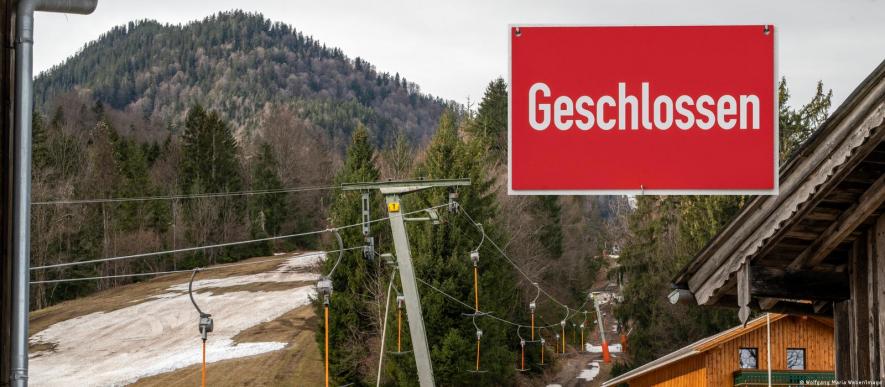
From Germany and France to the Czech Republic, many European ski resorts aren't exactly a winter wonderland this season. Instead, lonely slopes covered with artificial snow sporadically dot the green and brown landscapes.
As emissions caused largely by burning fossil fuels continue to change the climate, temperatures are simply too warm to sustain snow. Rain is falling instead of snow in many places.
The consequences reach far beyond winter sports, harming water supply and biodiversity.
Less snow means less water in summer
"Snow plays an important role in the water cycle," said Daniel Farinotti, a glaciologist at the university ETH Zurich and the Swiss Federal Institute for Forest, Snow and Landscape Research. "It retains the water for a certain time. Water found in snow doesn't run off straight away but flows first in summer and spring."
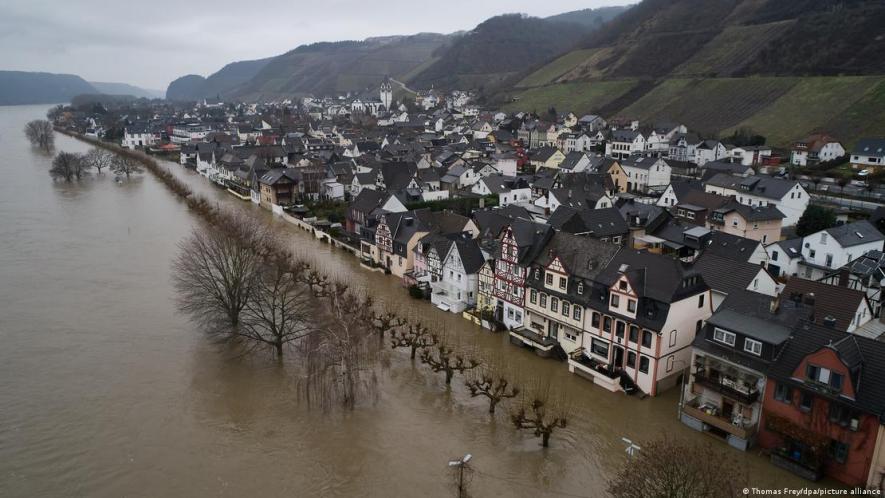
When snowmelt and heavy rain hit at the same time, it can cause floods
Only when the snow thaws, is meltwater gradually released into surrounding lakes, rivers and groundwater.
Snow acts like a kind of storage device and when there's less or none of it, there's less water later in the year. Rivers fed partly by snowmelt also end up with lower water levels. That includes the Rhine, one of Europe's most important waterways.
Lack of snow is bad news for shipping and power supply
For the Rhine, meltwater reserves are crucial for making it through the drier summer and fall months.
"Melting glaciers and less snow could exacerbate low water levels in the Rhine from Basel to the North Sea," said a study by the International Commission for the Hydrology of the Rhine Basin. The association brings together different scientific organizations from countries through which the river flows.
Rainfall will likely not be able to make up for the lack of meltwater, according to the study. And a shallower Rhine impacts everyone who uses waterway
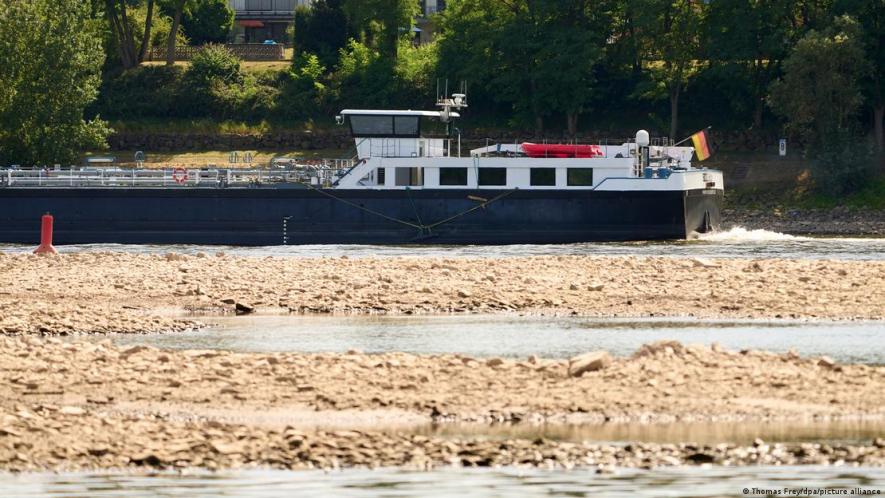
The Rhine's water levels were so low last summer that freight ships had limited mobility
Freight ships could be severely disrupted for an average of more than two months a year by the end of the century, the report said. Electricity production could be hampered. Drinking water suppliers and farmers will likely have to prepare for more frequent shortages in hot, dry summers when water is in higher demand.
Adapting to lack of snow
Artificial storage basins that collect rain in winter are required to make up for the lack of water caused by the dwindling snowmelt, said Marc Zebisch, a climate scientist with Eurac Research, an interdisciplinary research center based in South Tyrol, Italy.
But that would mean altering the natural environment, added Zebisch. There is also limited space in the mountains for such basins.
That's why "when the risk of drought increases, we have to save water wherever we can," said the researcher.
The agricultural sector in the southern Alps still wastes a lot of water, according to Zebisch. For example, farms use sprinklers, which lose the important resource to evaporation and leaks.
Farmers need to consider what kinds of crops can be grown in a drier environment in the future, said Robert Steiger, a geographer and tourism researcher at the University of Innsbruck in Austria.
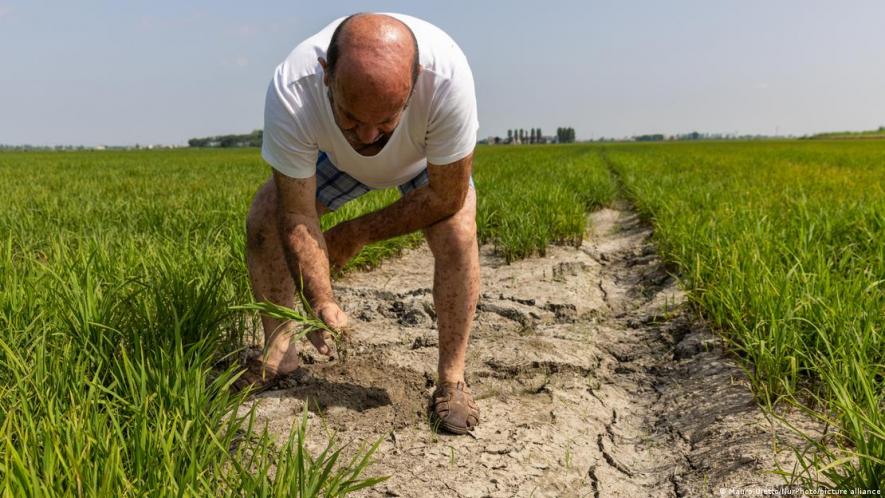
Italian rice producers are already dealing with the the lack of water
"In Italy's Po valley, there are plans to grow much less rice because it requires a lot of water," said Steiger.
Last summer the Po nearly dried out. Besides battling an extremely hot and dry period, Italy also struggled with a dearth of snow and rain the previous winter. The combination caused water levels in many European rivers to reach dramatic lows.
Lack of snow harms the mountains
Mountain regions are feeling the consequences of disappearing snow too. When heavy rain replaces snowfall, the risk of landslides increases, said Steiger. This worsens when snowmelt and heavy rain coincide.
Scarce snowfall also alters ecosystems, according to Farinotti of ETH Zurich.
"Without snow, ecosystems that were used to snow will have a different composition because other species will migrate," he said.
Snowmelt keeps mountain soil moist for longer than rainwater because it is gradually released over a long period rather than in short bursts. This moisture is important for plant growth in the spring, among other things.
A lack of water encourages pests too. In South Tyrol, Zebisch reported an increase in bark beetle infestations. The insects had an easier time munching their way through dry, weak trees.
Less solar reflection without snow
Snow cover is an important part of the albedo effect, which refers to the ability of a surface to reflect light. By reflecting light, white snow helps to keep the planet's temperature down. This is particularly important at the polar regions — just think of sea ice and the large snow-covered tundras of Scandinavia and Siberia.
"Snow is Earth's sunscreen. It protects against warming," said Zebisch.
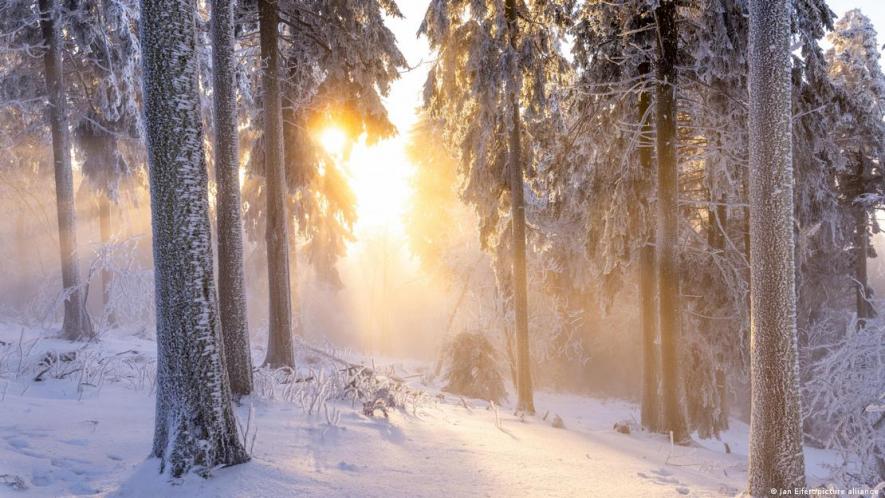
White snow reflects the sunlight, keeping the soil cool and damp for longer
In the low mountain ranges, loss of snow doesn't play a huge role in the global albedo effect. But it does have a significant local impact. Without reflective white snow, soil heats up faster and dries out. Rain runs off dry ground instead of seeping in, which in turn increases the risk of forest fire because a drier environment is more flammable.
New snow is also vital for glaciers. Ice can form underneath only if they are covered by snow all year round.
"If the snow is gone, that is a glacier lost," explained Zebisch.
Artificial snow and plastic tarps can’t replace the real thing
It is virtually impossible to replace or store snow. To do so is very expensive and only feasible in certain locations where there's an economic argument, like for winter sports, said Steiger.
Producing artificial snow requires a lot of energy and water. And in many regions, it will become too hot even for fake snow one day, according to experts.
To protect snow with white plastic tarpaulins, as some have done on glaciers, is a huge undertaking.
"It takes several weeks to unravel these sheets, and then again when removing them," said Steiger. "Also, it has been reported that the tarps release microplastics into the environment."
To avoid a world devoid of snow, there is only one thing we can do, according to Farinotti. And that's curbing climate change by slashing CO2 emissions.
"I believe that would be much easier than all these other technical measures," said Farinotti.
This article originally appeared in German.
Get the latest reports & analysis with people's perspective on Protests, movements & deep analytical videos, discussions of the current affairs in your Telegram app. Subscribe to NewsClick's Telegram channel & get Real-Time updates on stories, as they get published on our website.

















